This post may contain affiliate links. Please read our disclosure policy.
A baker’s riddle: Instant Yeast vs Active Dry Yeast — which do I use? You’re not alone if you’ve ever felt confused about the difference between instant yeast and active dry yeast when baking. But the mystery is solved! Here’s everything you need to know about yeast to feel confident in your bread-making journey!
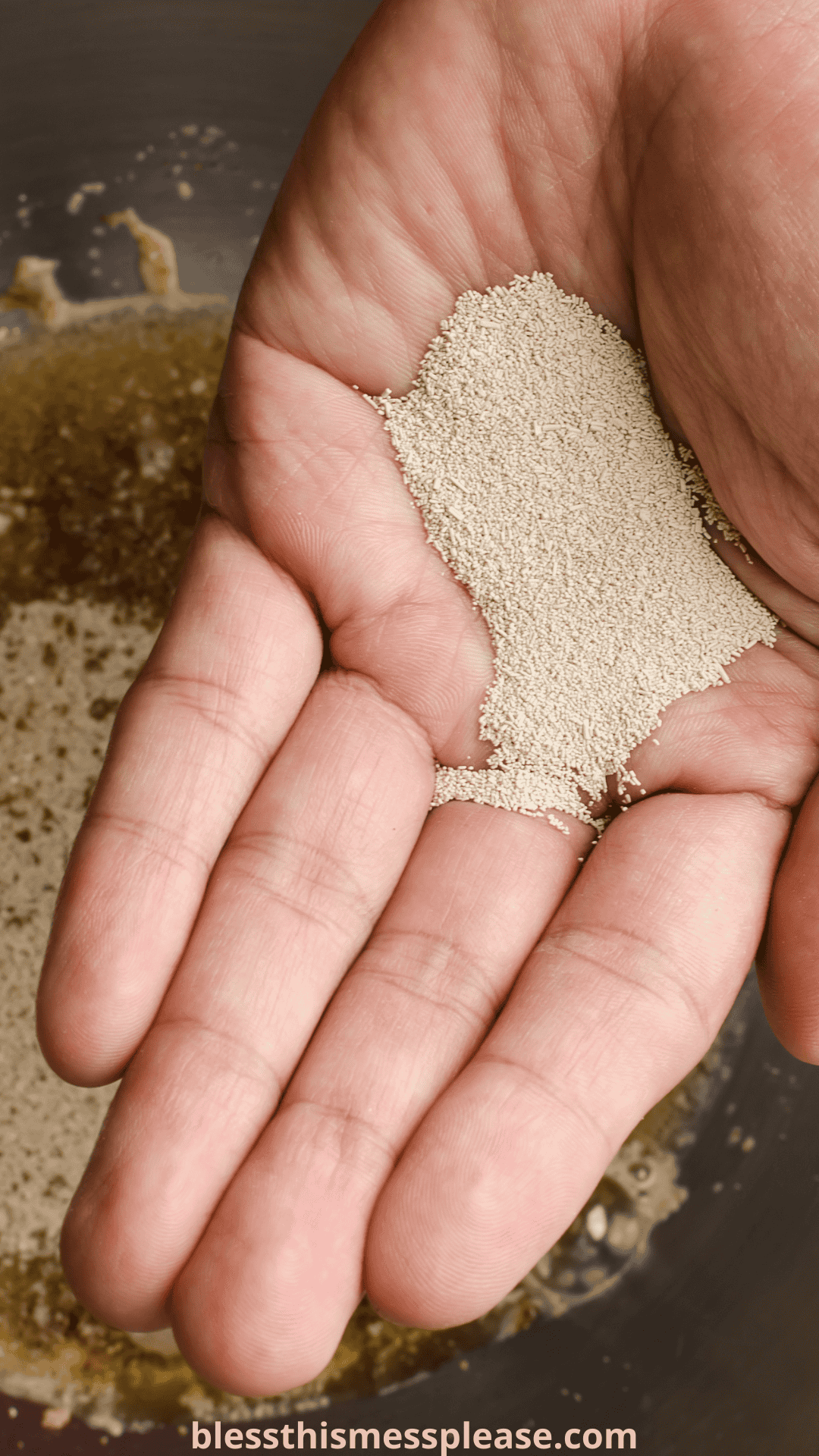
🍞 Knowing how to substitute one yeast for another opens up a world of baking possibilities. You’ll never have to skip making bread just because you only have one type of yeast on hand!
What’s the difference between instant yeast and active dry yeast?
Instant yeast is active yeast that has been ground into smaller pieces and doesn’t require proofing because it dissolves and activates faster.
When using Instant yeast you can add it right in with the other dry ingredients and move on to the next step!
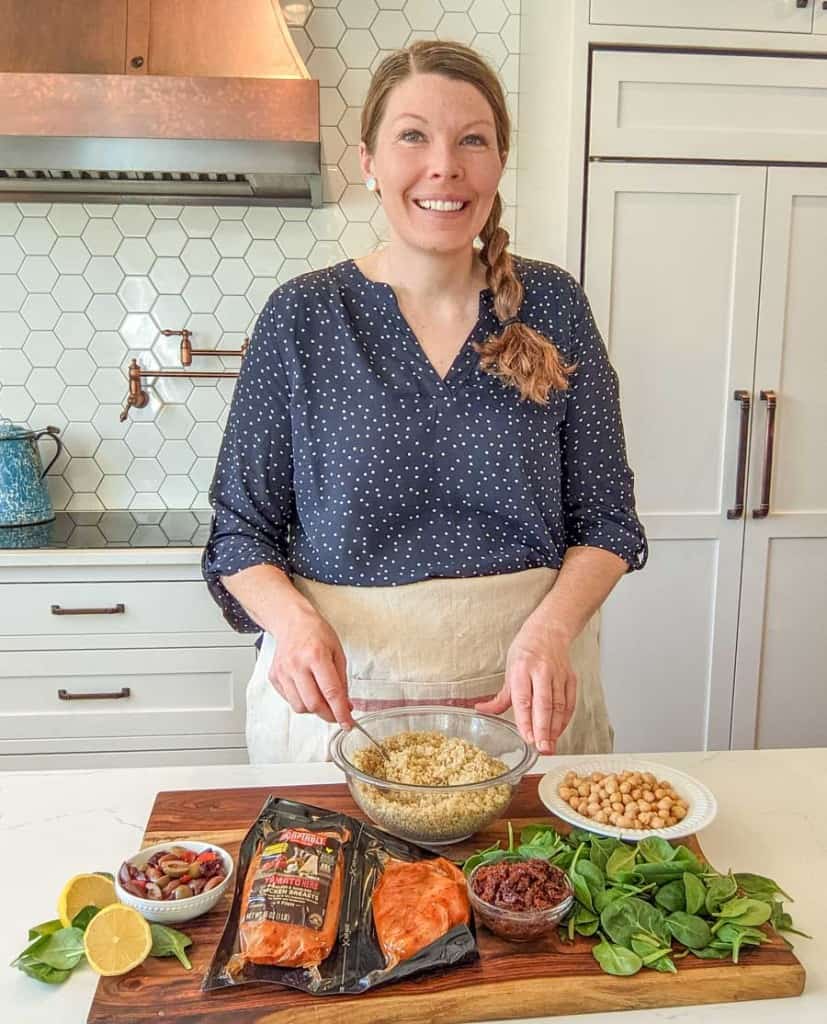
🩷 Melissa
The #1 deterrent for people learning to bake bread is their unfamiliarity with yeast. It truly is not that scary. In fact, it’s easy to work with and you will love the fresh baked goods as a result.
Understanding which yeast works best for different recipes will prevent baking failures and produce more consistent results. No more wondering why your bread didn’t rise properly!
We’re going to learn all about yeast today. Once you learn a few facts about yeast and how it is used, you will be baking bread in no time!
Active Dry Yeast
Yeast is a living microorganism that is part of the fungi family. The scientific name for yeast is Saccharomyces Cerevisiae, which actually means “sugar-eating fungus.”
Yeast feeds on simple sugars. As the yeast eats the sugar, carbon dioxide is released and expands the gluten causing the bread to rise.
Yeast is essential in making bread. Without this tiny, living cell we wouldn’t enjoy perfectly raised, puffed up bread!
Yeast not only leavens bread but it adds to the texture and flavor as well.
When you think of yeast, you probably are thinking of active dry yeast. It is the most common type of yeast and can be found in the grocery store in small packets or glass jars.
How To Use Active Dry Yeast
When using active dry yeast you will need to “proof” the yeast.
To proof active dry yeast simply dissolve yeast in lukewarm water and add sugar or honey for the yeast to start working.
If the yeast forms a layer of foam/bubbles it is alive and well and you can proceed with your bread making.
Instant Yeast
However, there is another type of yeast that was introduced in the 1970s called Instant Yeast.
Instant yeast is active yeast that has been ground into smaller pieces and doesn’t require proofing because it dissolves and activates faster.
How To Use Instant Yeast
When using Instant yeast you can add it right in with the other dry ingredients and move on to the next step.
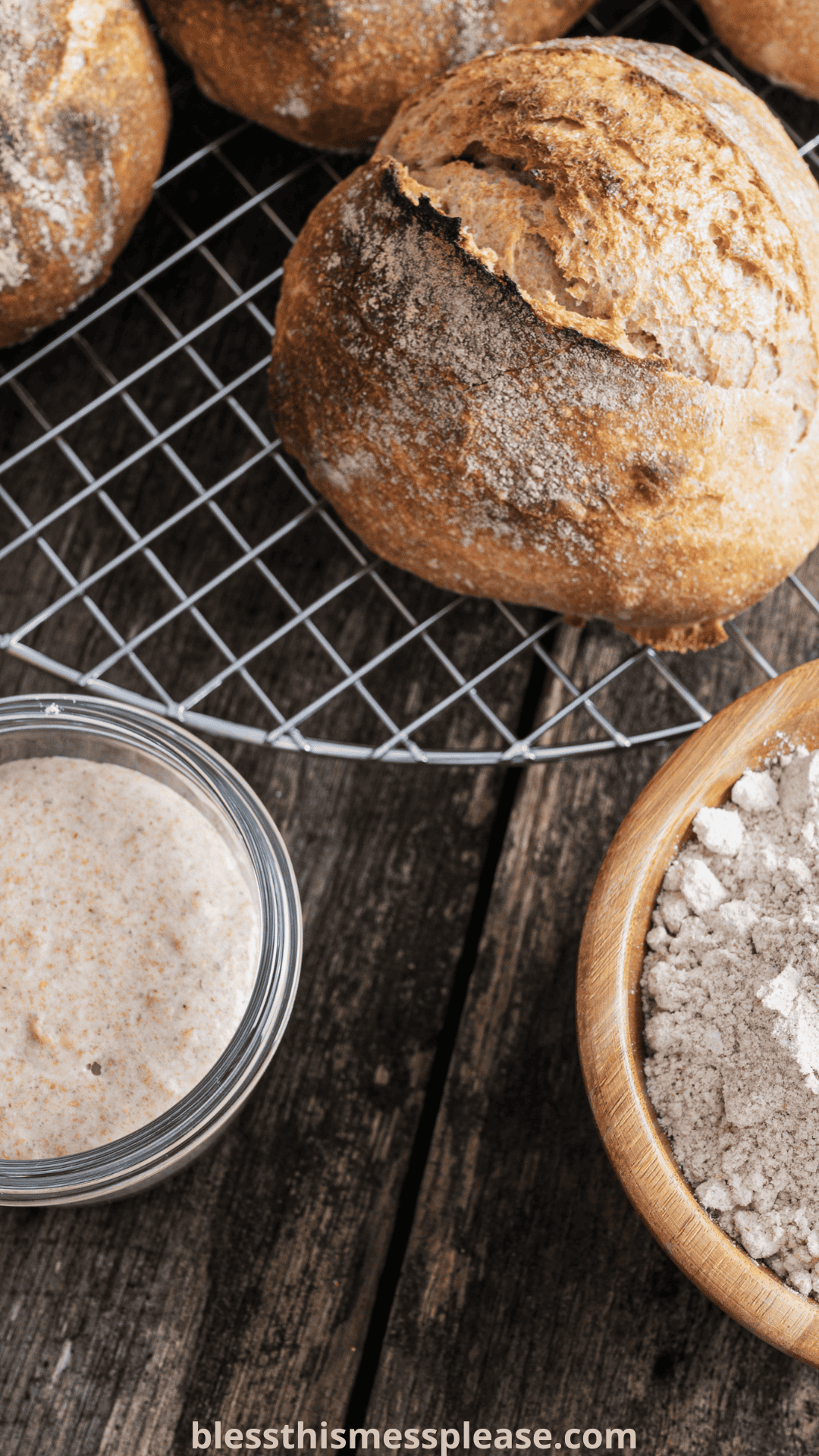
Active Dry Yeast vs Instant Dry Yeast: FAQs
Yes! You can use active dry yeast and instant yeast interchangeably in recipes. However, instant yeast will rise a bit faster than active dry yeast but it will catch up in the long run.
In order to get the longest life out of your yeast, put it in your refrigerator or freezer. I like to buy yeast in bulk and divide it into a few smaller ziplock bags and store.
There are 2 1/4 teaspoons in a packet of yeast.
Typically it takes between 5-10 minutes to proof the yeast. Make sure the yeast is fully dissolved and wait for a layer of foam to appear.
Yeast unlocks a delicious world of baking! Don’t be afraid to try your hand at making bread, cinnamon rolls, pizza dough and so much more. The possibilities are truly endless.
Amazing Yeasted Breads To Try
Simple Gingerbread Recipes
Gingerbread Cinnamon Rolls
Yeast Bread Recipes
Garlic & Parmesan Italian Breadsticks {Twisted Breadsticks}
Snacks
Big Soft Pretzels
Did you this information helpful? If so, please share it on Instagram, Facebook, or Pinterest!

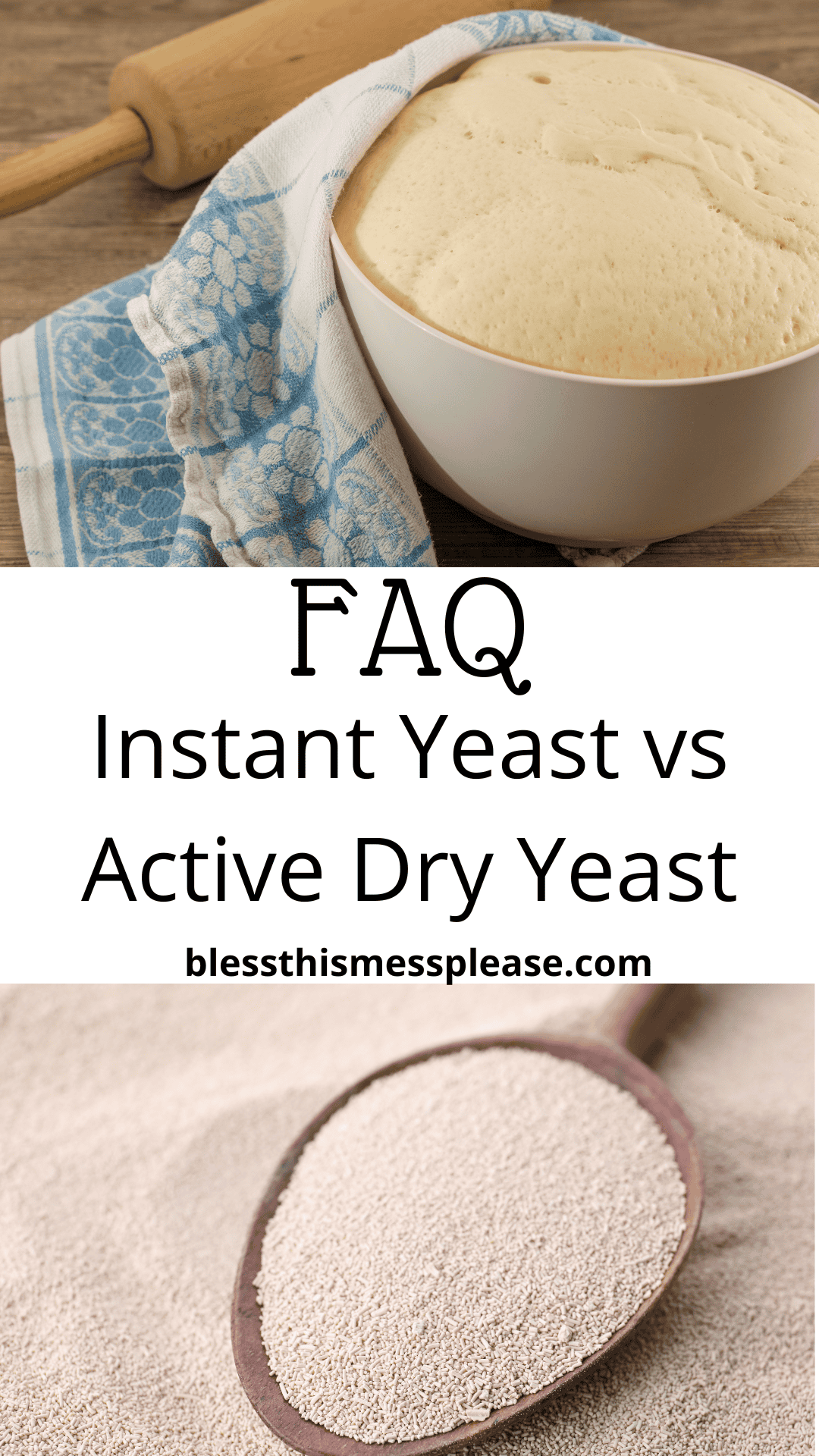
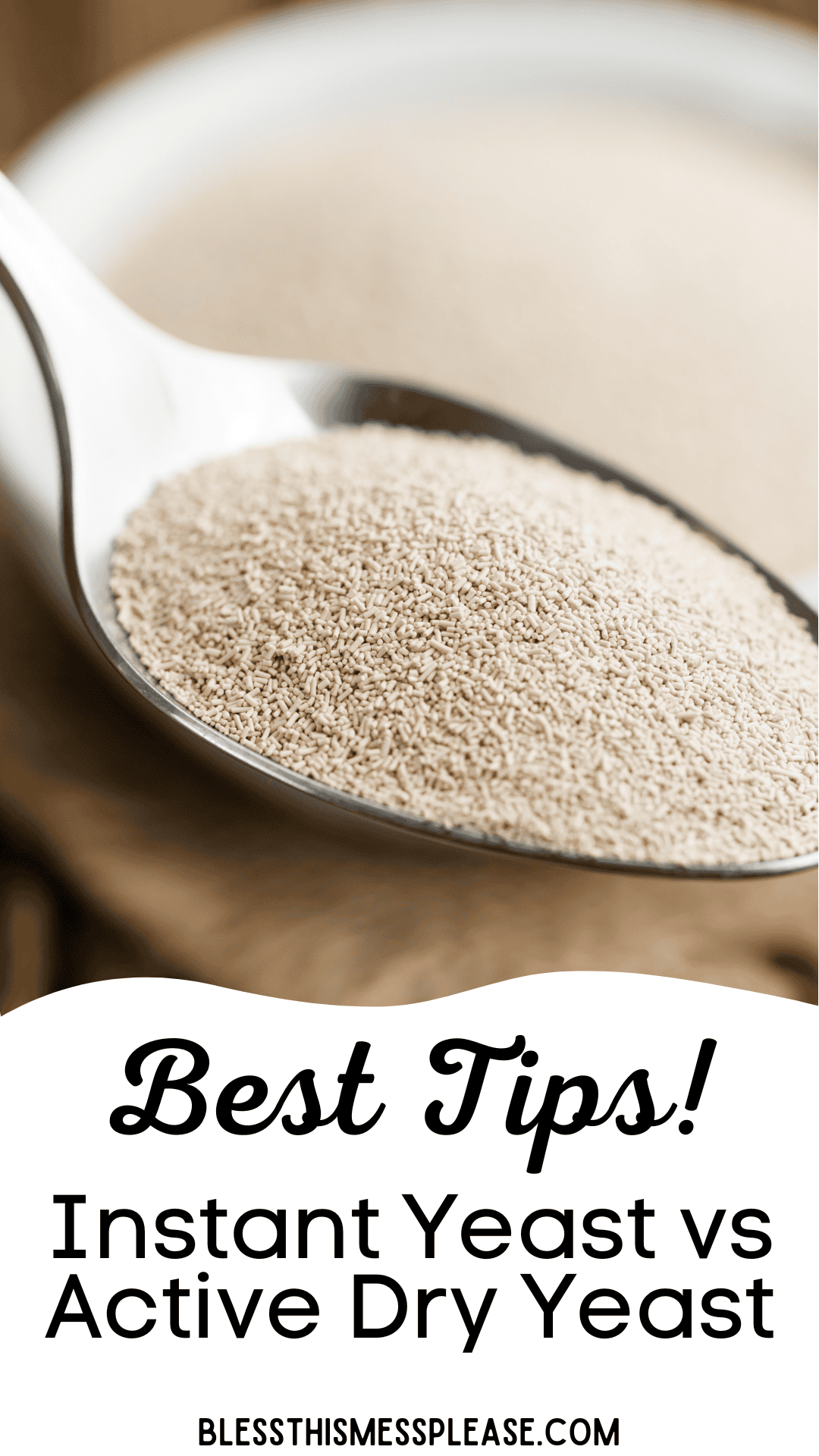
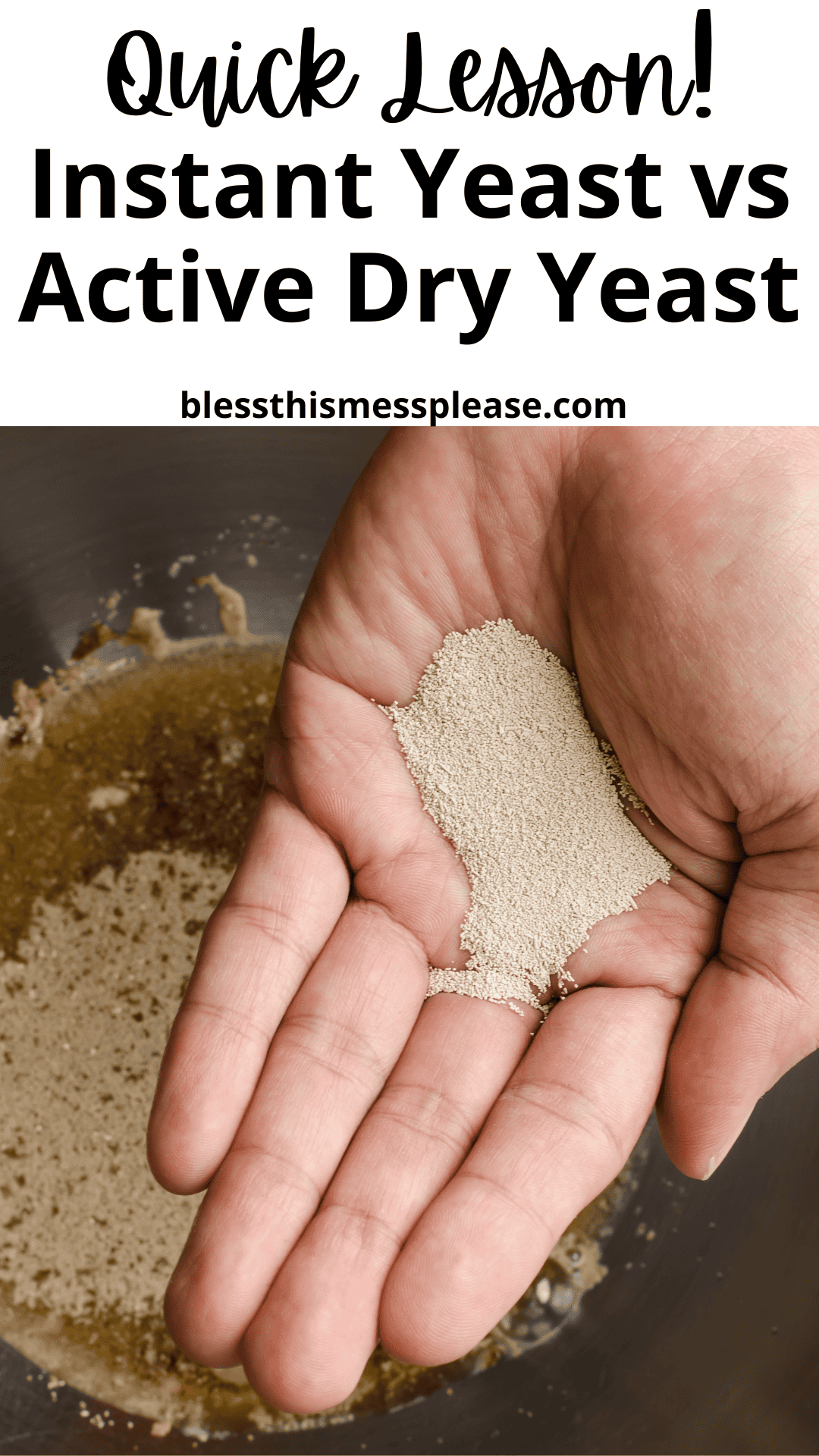
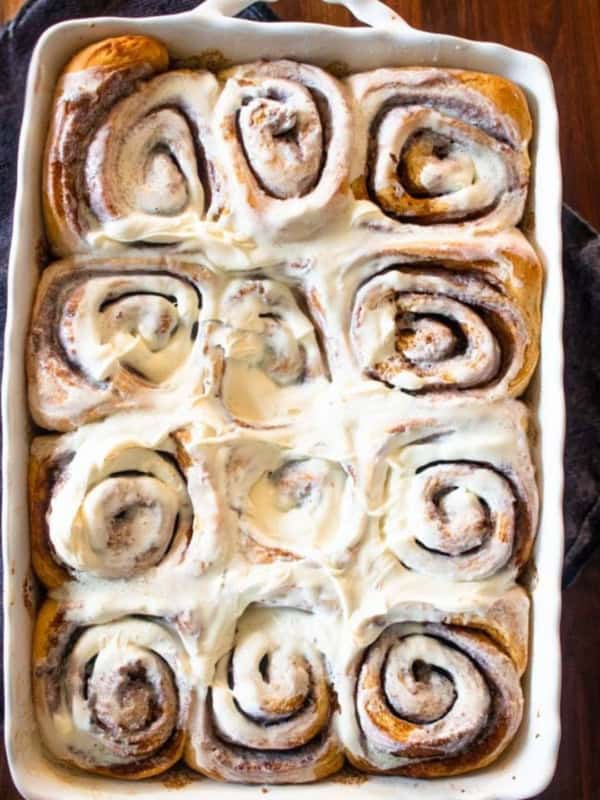

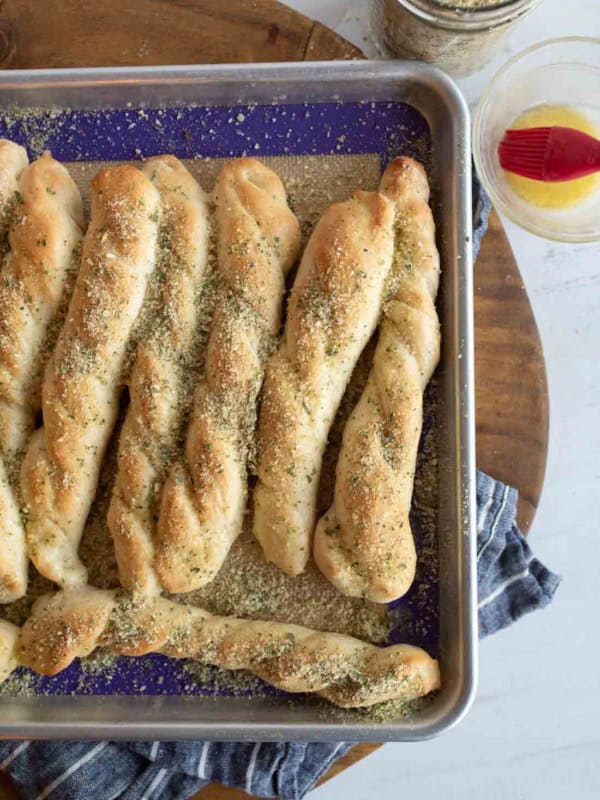
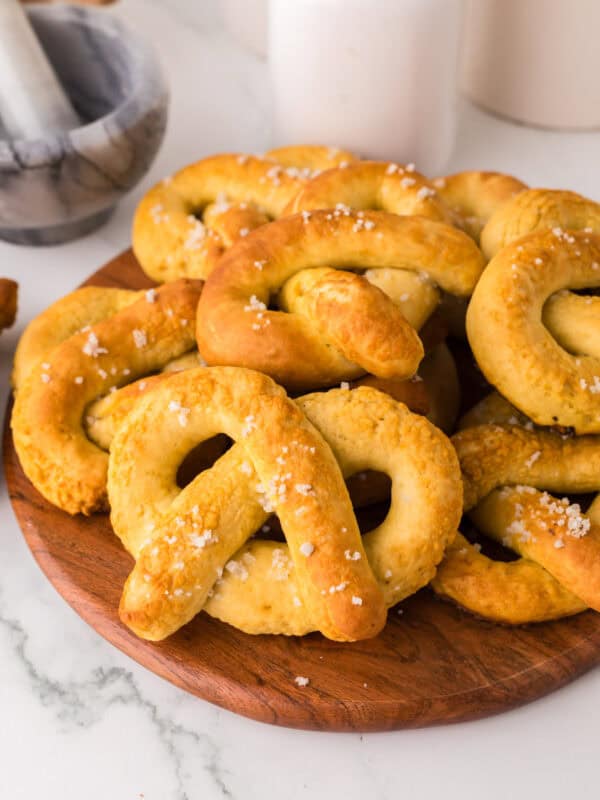






This is so helpful! Thanks